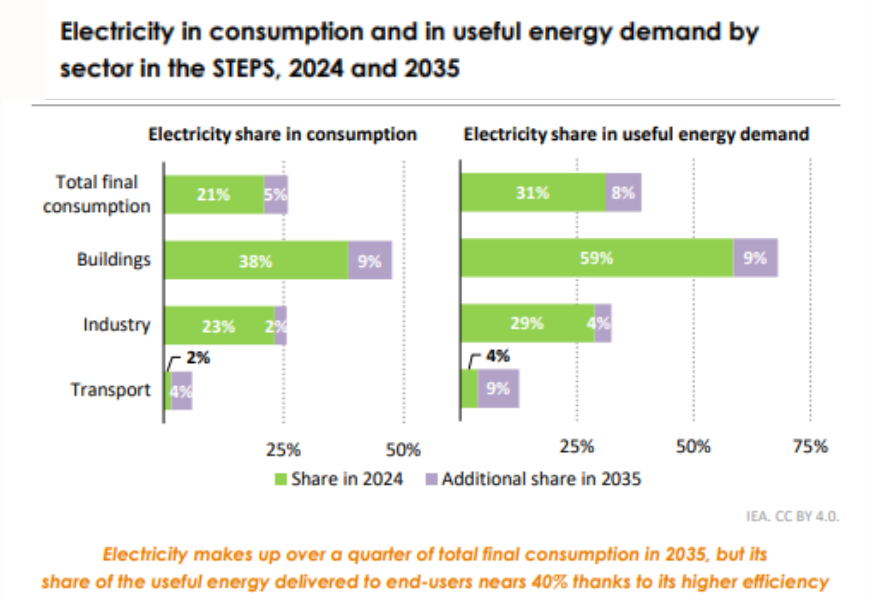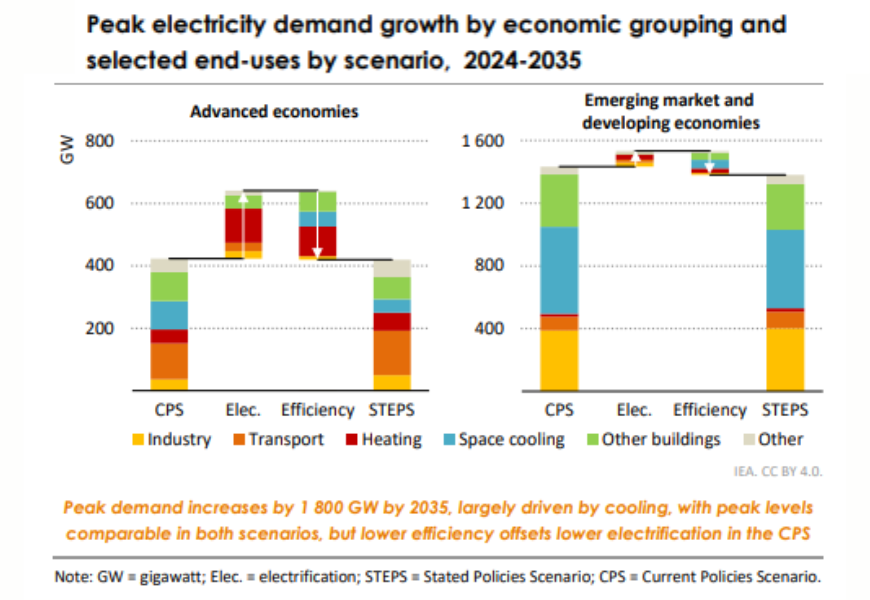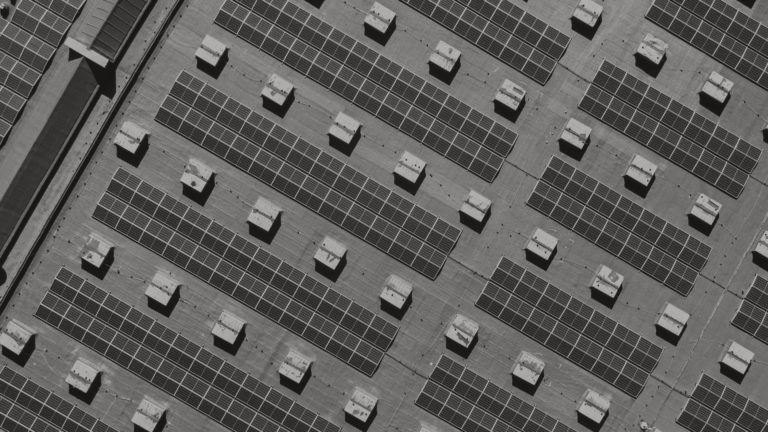Smarter Cooling Can Save Trillions
- Topics :
- Energy
How the Age of Electricity Is Reshaping Corporate Energy Strategy
Published November 17, 2025

Global electricity demand is rising faster than expected, and companies with high energy use are becoming central players in this shift. Manufacturing lines, construction machinery, digital infrastructure, cooling systems, and data centers are all drawing increasingly large electrical loads. According to the World Energy Outlook 2025, electricity demand under the Stated Policies Scenario grows by nearly forty percent by 2035, driven by industrial automation, electrified equipment, electric transport, and the rapid expansion of digital workloads. These trends create new operational pressures such as higher demand charges, grid congestion, and connection delays, but they also present opportunities to strengthen resilience and reduce long term operating costs through structured electrification planning.
Understanding the Rise in Electricity Demand
Electricity is becoming the dominant energy source for many industries as processes shift from fuel based systems to electric equipment. Data centers are expanding quickly, and cooling demand continues to rise in both advanced and emerging markets. In several regions, data and cooling loads are projected to be among the fastest growing contributors to electricity consumption. This affects companies that rely on stable, cost efficient power supply because higher peak demand increases exposure to tariffs and may require upgrades to feeder lines or substations. For heavy users, these trends signal the need to map expected load growth over the next five to ten years and assess electrical infrastructure readiness.
Electrification as a Strategic Investment for Heavy Users
Electrifying core operations provides a viable pathway to improve efficiency, reduce maintenance requirements, and stabilize long term energy planning. Industrial motors, material handling equipment, and electric heating technologies can achieve notable reductions in energy loss compared to conventional systems. Construction sites benefit from battery powered machinery that reduces fuel logistics and lowers operational noise. Data centers gain from more efficient cooling technologies and the ability to integrate directly with on site storage systems. These upgrades require upfront analysis but often deliver strong economic returns, especially where electricity replaces volatile fuel based operating costs.

Building a Practical Roadmap for Power Supply and Infrastructure
Companies preparing for larger electrical loads need a coordinated plan covering grid supply, on site generation, and storage. Evaluating grid capacity helps determine whether connection upgrades or new feeders will be required. On site solar combined with battery systems can reduce peak load and strengthen resilience during outages. Batteries also help shift consumption away from periods with higher tariffs. For operations with continuous load, integrating a microgrid capable design allows better coordination between grid power, local generation, and backup systems. These measures improve cost predictability and reduce the risk of production disruptions.
Conclusion
Electricity is becoming a decisive factor in corporate competitiveness. Rising demand creates challenges, but companies that prepare early can turn these changes into operational advantages. By analyzing load profiles, prioritizing high return electrification opportunities, and planning for diversified power supply, heavy energy users can enhance efficiency, reduce exposure to future constraints, and position their facilities to operate reliably in a more electricity intensive world.
References












